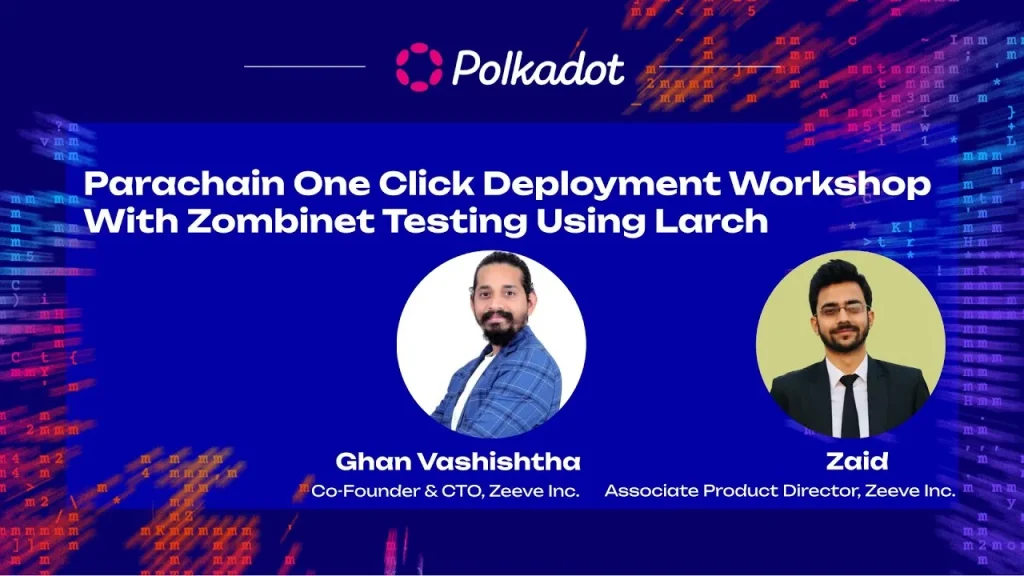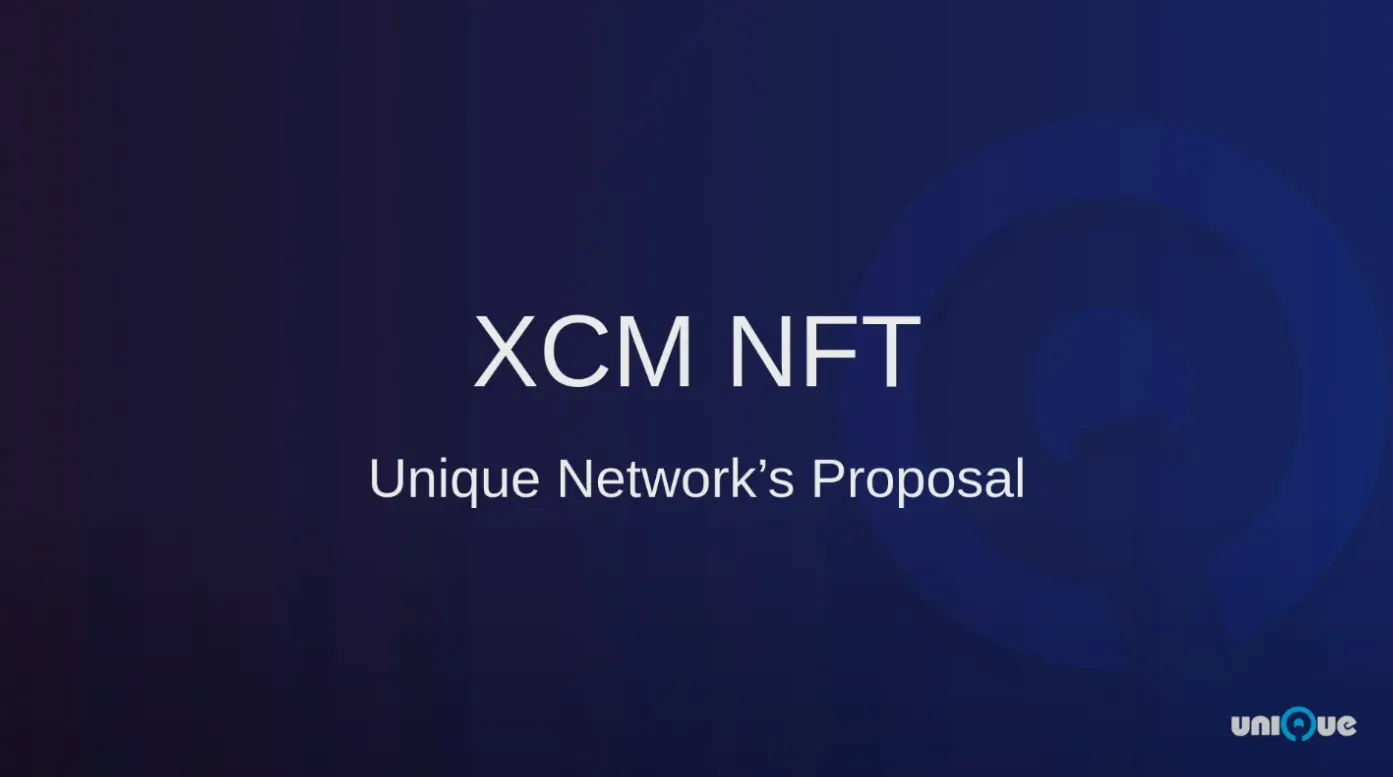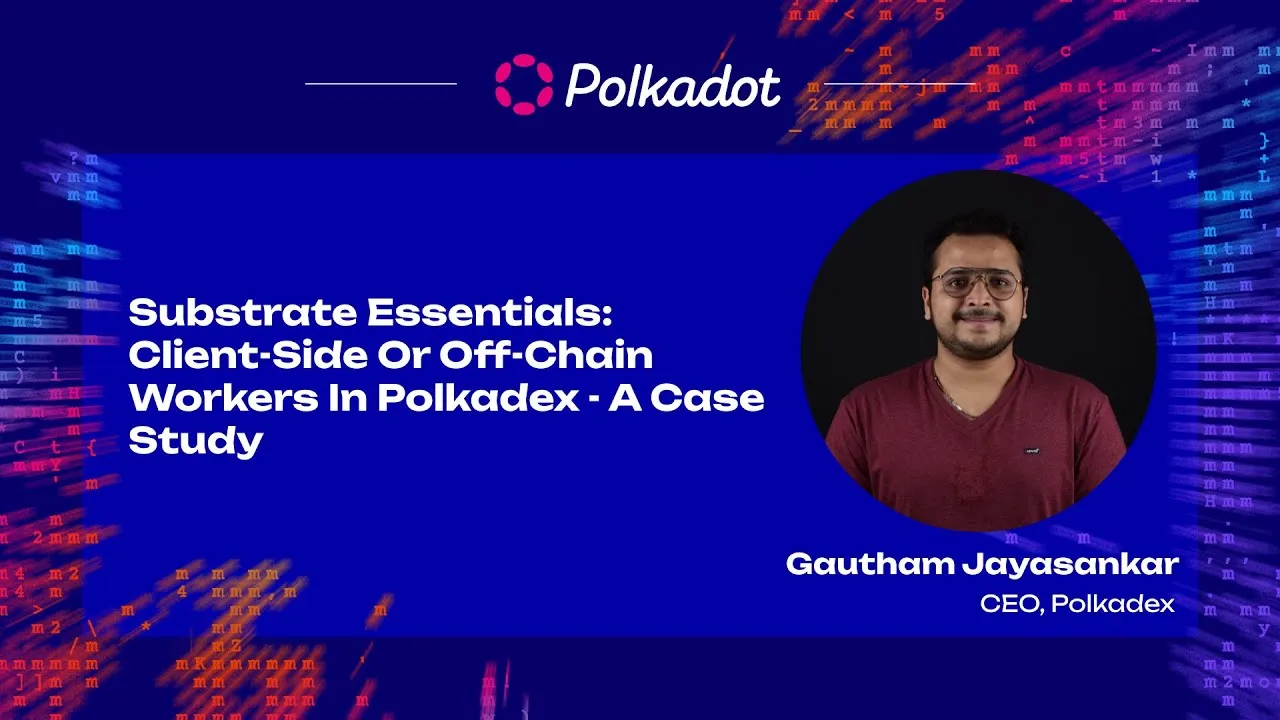In a recent tech talk, Ghan Vashishtha from Zeeve Inc. presented an engaging workshop on deploying parachains with a focus on the ease of one-click deployment and thorough testing using Larch on Zombinet. This session, part of Zeeve’s Subzero series, highlighted the streamlined processes and advanced tools that Zeeve offers to simplify and enhance parachain deployment and management.
Overview of Zeeve and Its Offerings
Zeeve Inc. has been a pivotal player in the Web3 ecosystem, providing robust infrastructure solutions to enterprises globally. With a team of over 100 professionals, Zeeve has developed comprehensive solutions for deploying and managing parachains and app chains. The company’s offerings include a full-stack approach to parachain operations, covering everything from development setup to production deployment and ongoing management.
One-Click Deployment for Polkadot Parachains
One of the key highlights of the workshop was Zeeve’s one-click deployment platform. This tool allows users to set up their parachains quickly and efficiently. The process involves a simple five-step configuration, where users can upload their chain specifications, choose network settings, and configure nodes. The platform supports multiple environments, including development nets, test nets, and main nets, providing high flexibility and scalability.
The intuitive dashboard provides a comprehensive overview of the network’s status, including node health, block height, and token balances. This ease of use ensures that even those with minimal technical expertise can manage their parachain deployments effectively.
Introducing Larch for Zombinet Testing
Another significant aspect of the workshop was the introduction of Larch, an open-source automation tool designed for testing parachains at scale using Zombinet. Larch offers a low-code interface, allowing users to create, clone, and execute test scenarios without deep technical knowledge.
Ghan demonstrated how Larch simplifies the testing process by providing a graphical user interface (GUI) on top of Zombinet. Users can define multiple configurations, save them as templates, and run extensive tests to ensure their parachains are resilient and robust before moving to production.
Best Practices for Production Deployment on Polkadot
Ghan also shared valuable insights on best practices for taking parachains into production. Key recommendations included:
- Thorough Testing: Utilize tools like Larch to test the parachain rigorously.
- High Availability: Plan for high availability and scalability, using load balancers and distributed infrastructure.
- Security Measures: Implement robust security practices, including DDoS protection and malware detection.
- Governance and Economics: Develop a well-defined token economy and governance model.
What’s Next for Zeeve?
Looking ahead, Zeeve plans to integrate support for core time and Cumulus SDK, enhancing the automation and management capabilities of its platform. The company is also preparing for the transition from Roko local to full support for Polkadot’s Parachain lifecycle management.
Conclusion
The workshop by Ghan Vashishtha provided a comprehensive guide to deploying and managing parachains using Zeeve’s advanced tools. By simplifying the deployment process and offering powerful testing capabilities, Zeeve is paving the way for more efficient and secure parachain operations. Whether you’re a developer or an enterprise looking to leverage the benefits of Web3, Zeeve’s platform offers a robust solution to meet your needs.










